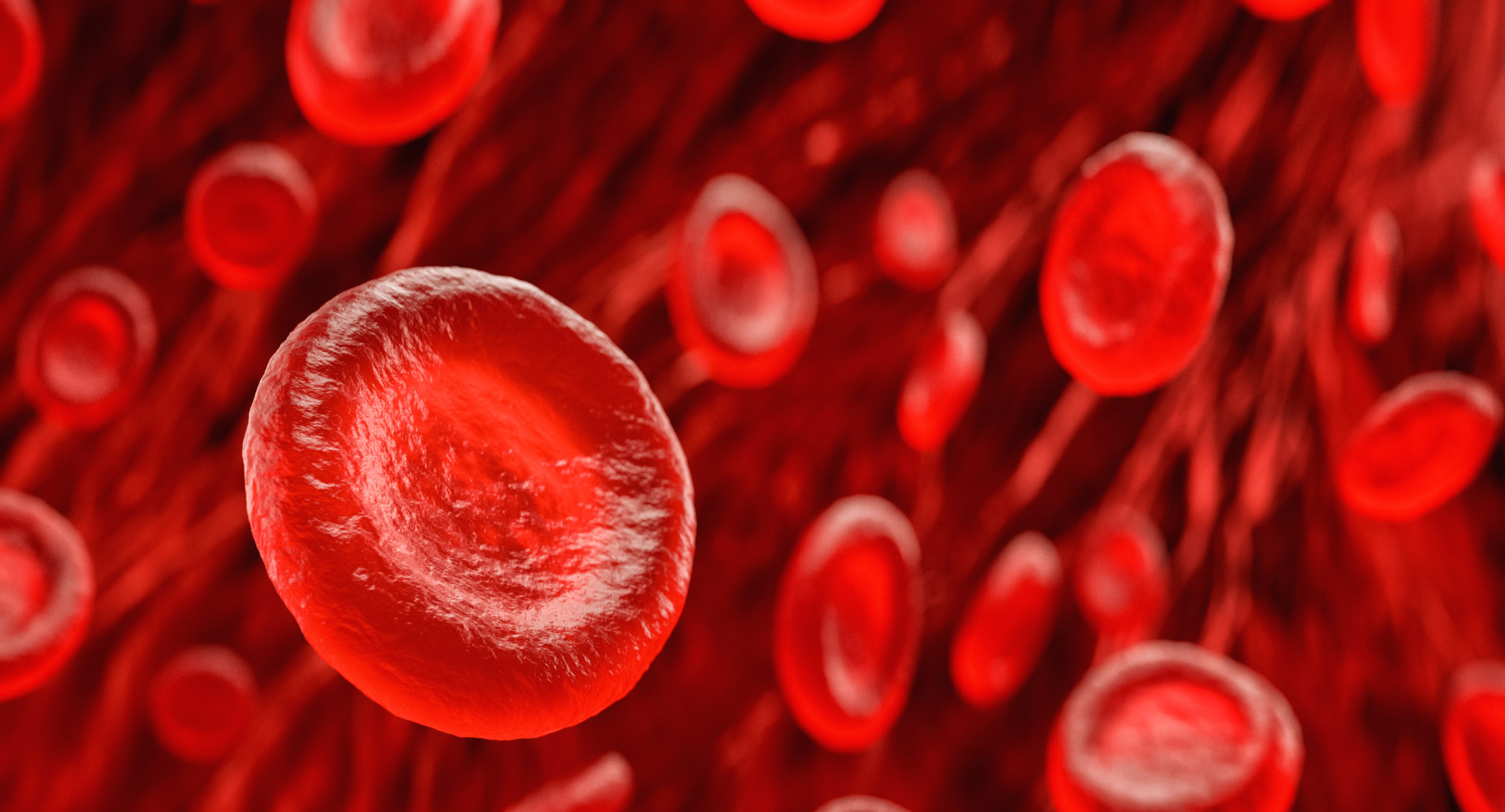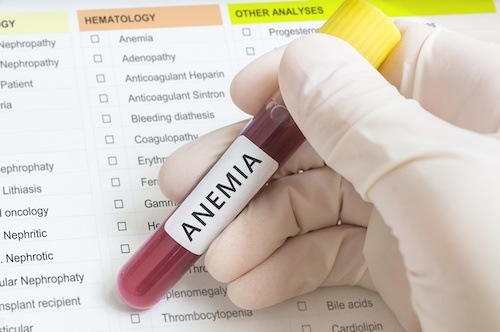
NKF 2021 Spring Clinical Meetings
Daniel Coyne, MD, and colleagues reported pooled results from roxadustat phase 3 studies vis-à-vis the rates of red blood cell transfusion and volume-related adverse events post-transfusion among non-dialysis-dependent chronic kidney disease (NDD-CKD) patients enrolled in studies of roxadustat versus placebo.
The pooled results were reported during a virtual poster session at the NKF Spring Clinical Meetings 2021. The poster was titled Risk of RBC Transfusion and Volume-Related Adverse Events in Patients with Non-Dialysis-Dependent Chronic Kidney Disease: Pooled Results from Roxadustat Phase 3 Studies.
Roxadustat is an oral hypoxia-inducible factor prolyl hydroxylase inhibitor. The pooled results were from three double-blind, placebo-controlled, phase 3 studies. Patients in the roxadustat group received roxadustat in doses to maintain hemoglobin (Hb) at 11 gm/dL. To reduce regional variation, the transfusion rate was calculated in US patients, based on Hb <8, 8 to <10, and ≥10 gm/dL on treatment up to 28 days after last dose. The rates of volume-related adverse events were assessed during the 14 days post-transfusion period and during the follow-up period.
The risk of red blood cell transfusion over 52 weeks was reduced by 74% with roxadustat versus placebo in the global NDD-CKD patient pool (hazard ratio [HR], 0.26; 95% confidence interval [CI], 0.21-0.32; P<.0001) and by 81% in the subgroup of US patients (HR, 0.19; 95% CI, 0.12-0.32; P<.0001).
In the US patients, the transfusion rate was ~4-fold higher in patients who achieved Hb <10 vs ≥10 gm/dL, regardless of treatment arm (for roxadustat, 175.2 vs 6.4 events/100 patient exposure years; for epoetin alfa, 174.4 vs 7.2 events/100 patient exposure years).
The risk of volume-related adverse events globally was greater in the 14-day post-transfusion period for both arms: roxadustat, 147.1 events/100 patient exposure years versus 13.1 during follow-up; placebo, 121.1 versus 13.4, respectively.
In conclusion, the researchers said, “Roxadustat reduced the risk of red blood cell transfusion versus placebo in patients with NDD-CKD. In US patients, risk of transfusion was lowest at achieved Hb ≥10 gm/dL, and globally, volume-related adverse events were higher in the 2-week post-transfusion period.”
Source: Coyne D, Provenzano R, Szczech L, et al. Risk of RBC transfusion and volume-related adverse events in patients with non-dialysis-dependent chronic kidney disease: Pooled results from roxadustat phase 3 studies. Abstract of a poster presented at the National Kidney Foundation virtual Spring Clinical Meetings 2021 (Abstract #165), April 9, 2021.







 © 2025 Mashup Media, LLC, a Formedics Property. All Rights Reserved.
© 2025 Mashup Media, LLC, a Formedics Property. All Rights Reserved.